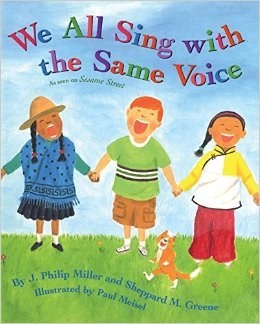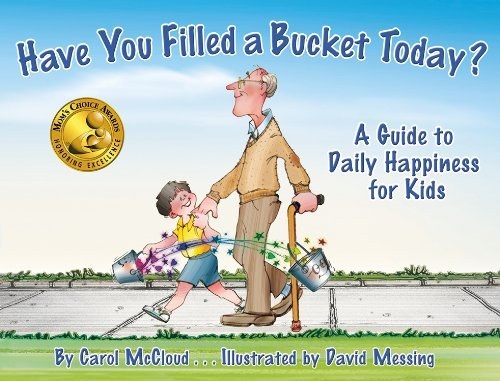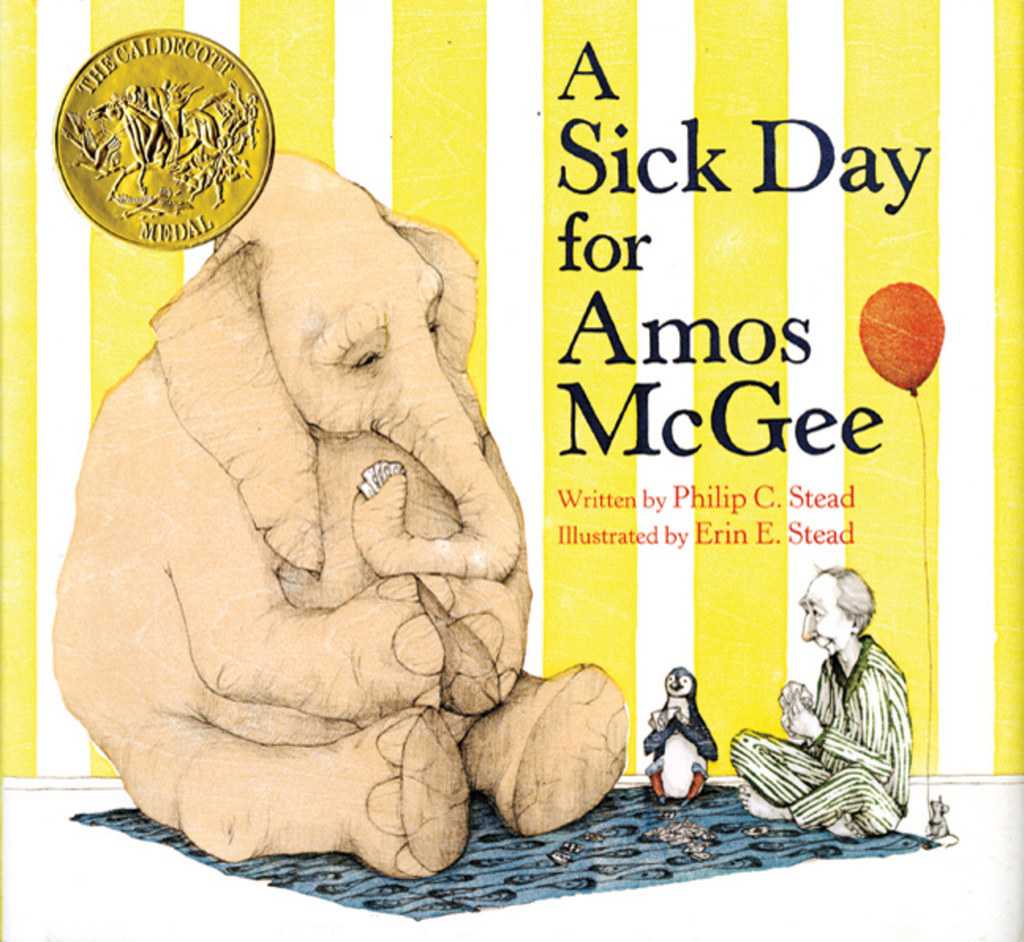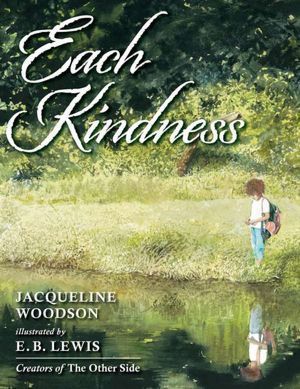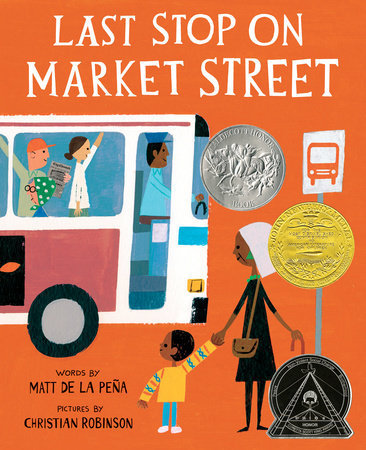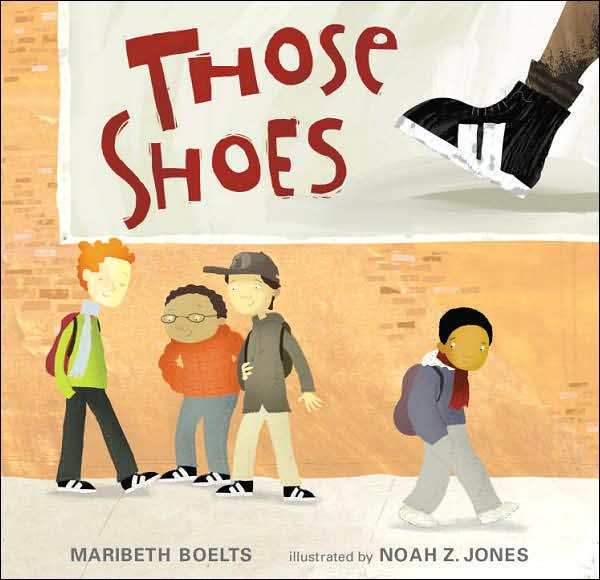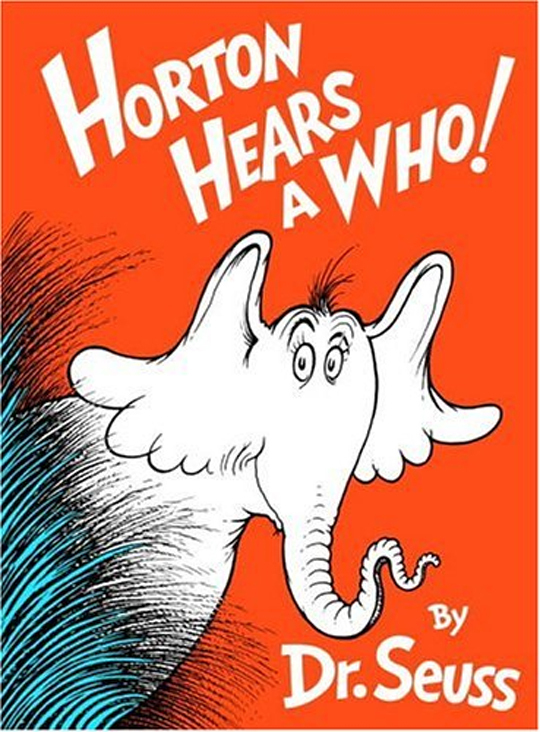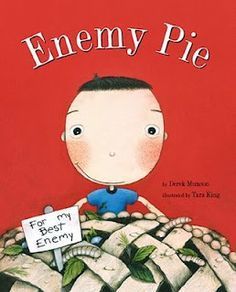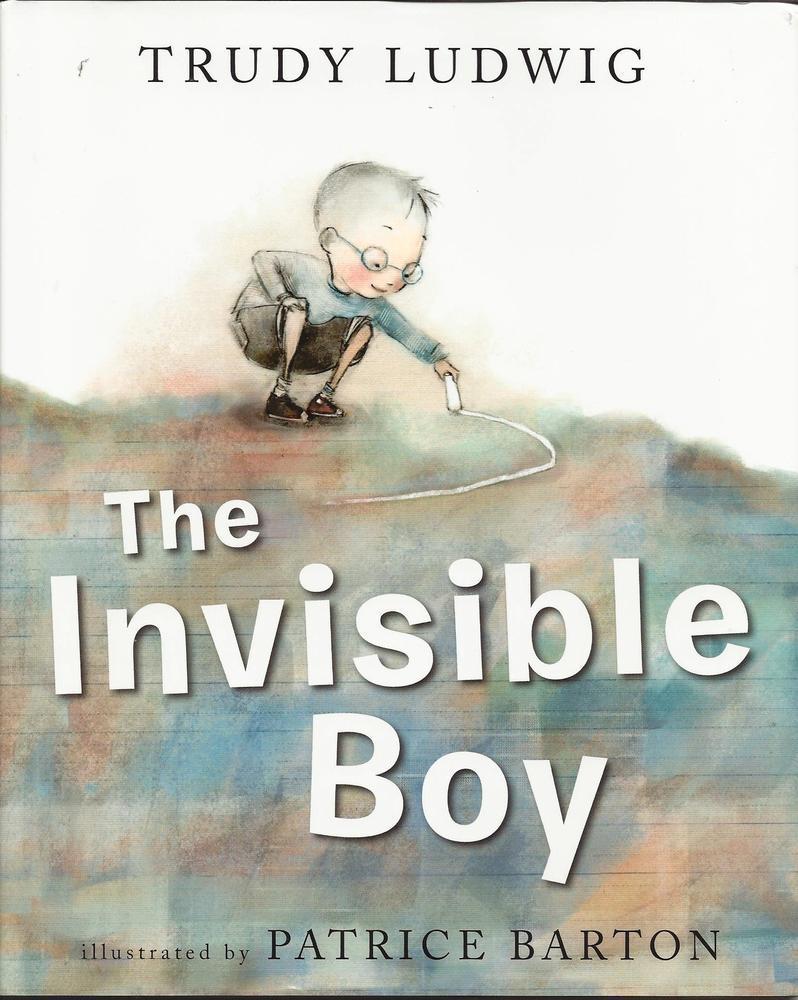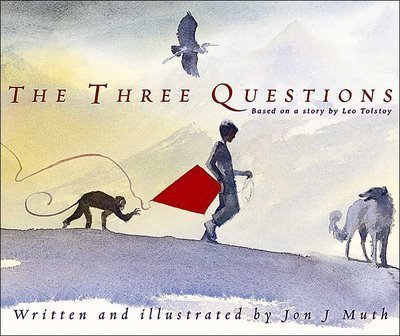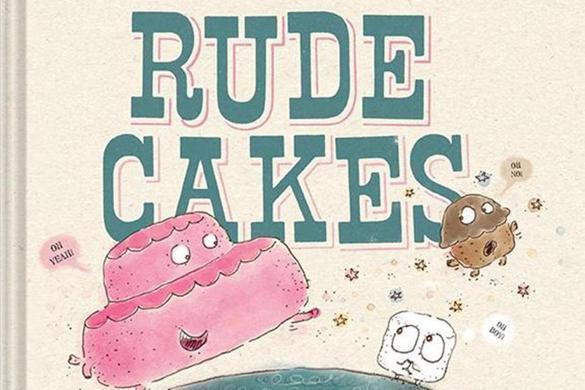My Recovery Started At Breakfast
I left church in a panic. I couldn’t stand being there with all the reminders of my failures as a minister. Driving home, I fought the urge to smash my car into the large elm tree at the end of our block. I called my wife; thank God her phone was on and she picked up. She rushed home, made a few calls, loaded me in the car and drove me to the hospital. A blur at admission, I found myself in the ER banging my head against the wall. A short time later, I heard the click of the lock on the door of the psych unit to which I had been involuntarily admitted. Thirty-two years as a minister, and this is where I ended up.
They gave me a wrist band, some light slippers with friction strips on the bottom and a room without a key. They took my belt, my shoelaces, even my dental floss. That night, the drugs they gave me knocked me out. Still, this drugged sleep was better than all the nights when I had lain awake hour after hour, drenched in sweat, reviewing in my mind the previous day’s failures and humiliations.
The next morning, they gave me a breakfast tray with three strips of bacon, French toast, OJ and coffee. This bacon was perfect—kind of crunchy, but not too dry, the absolute best thing that I had tasted in months. The French toast also made my taste buds sing.
Following the worst day of my life, I had slept—like a zombie, maybe, but slept nonetheless—and then I enjoyed my breakfast. In my growing depression, I had lost the ability to enjoy anything, but that morning, I enjoyed my breakfast. Such a little thing, an institutional breakfast on a tray, but it was the first good thing I had had in a long time.
Breakfast has since become a symbol of hope for me. My depression had taken my hope away—or so I thought. But a breakfast tray proved me wrong. I learned that, at its simplest and most basic level, hope is a lot tougher and more resilient than I had given it credit for. At its core, hope is simply having something to look forward to, and most anything will do. For example: If they served a good breakfast today, maybe they will serve one again tomorrow. I hope so.
Once you start hoping for one thing, it’s a lot easier to hope for other things: Maybe there will be a good breakfast tomorrow. Maybe I won’t hurt as much tomorrow. And on and on.
Releasing My Burden
Besides breakfast, not a lot good happened during my first days on the psych unit. I needed to be there, but I hated being there. Every day, I went to group therapy twice. At first, I just endured it, then I began to really listen to the stories some of my fellow patients were telling. My heart ached for them—so much pain, loss and anger. Not me, though. I kept everything bottled up inside, not telling anyone, not even my wife, how much I was hurting. Nobody knew I was beating myself up inside for my every failure, for every person I thought I’d let down, for all the things I’d left undone.
Something about group, though, and the courage of the other patients who had opened up finally propelled me to tell my story. And once I started, it all came pouring out. Afterward, one group member asked me to have lunch with him. Another member told me that I was just the kind of minister she had been looking for—a real person who would understand her and not make her feel guilty.
As I shared more in later groups, other patients and the group leader helped me talk about my successes and my failures. They helped me realize I didn’t need to be so hard on myself; nobody’s perfect. I began to see my failures as part of what it is to be a human being. I wasn’t alone.
“Forgiveness” is the word for this. And forgiveness, especially self-forgiveness, has been essential to my recovery. In the worst of my depression, my mistakes became self-accusative thoughts with a life of their own, haunting me at night, preoccupying my mind during the day. First in the group, then later in therapy, I learned to forgive myself, to let my go of my mistakes.
When I returned to work about a year after my hospitalization, I returned with a much clearer sense of self and with a willingness to ask for help when I needed it. For me, asking for help is a learned skill. For many years, I had tried to be a minister without asking for help. I took responsibility for everything, making it all my job. As my therapist once said, I tried to carry the church around on my back. No wonder I was exhausted and stressed beyond endurance.
I worked for another eight years after my hospitalization, and partly retired two years ago. I have since hit a few rough patches from time to time, and there have been some nights when sleep did not come easily. But I never felt tempted to run my car into the elm tree at the end of our block or bang my head against the wall. Besides, I know that no matter how badly things are going with me at any given moment, all I need to do is close my eyes and remember my tray with the bacon, French toast, OJ and coffee.
Bob Griggs is an ordained minister in the United Church of Christ living in St. Louis Park, Minn. He is the author of A Pelican of the Wilderness: Depression, Psalms, Ministry, and Movies. He is also a regular volunteer at Vail Place, a clubhouse for people living with mental illness.
https://www.nami.org/Blogs/NAMI-Blog/April-2018/My-Recovery-Started-At-Breakfast



